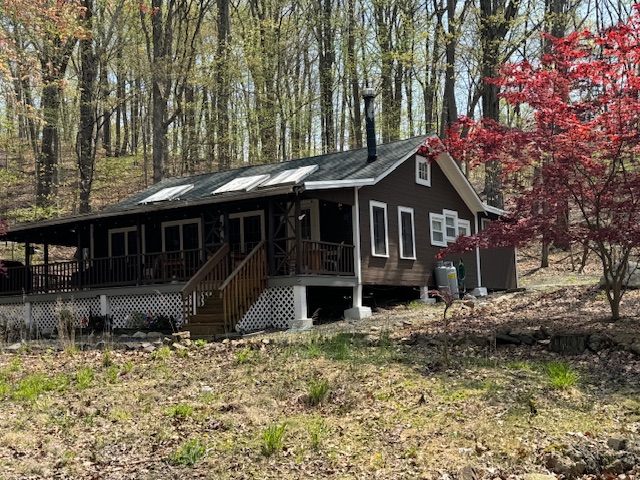Contents
Estling Lake Overview
Each camp owner rents the “site” from the corporation under a self-renewing lease. The camp owner pays an annual rental (dues) to cover both operating expenses such as taxes and maintenance of community property, and a capital reserve contribution. Each stockholder will at all times own the same number of shares as other stockholders.
The existence of the corporation and the life of the community depend on the willingness of members to take part in its activities. The obligation to serve is no less real than the obligation to pay dues and it is only in this way that dues can be kept to a minimum. It is the policy of the corporation to examine prospective members with this in mind, to ensure that they will be an asset to the community. Any person occupying a camp is considered a member of the community during such occupancy.
For more information about our community, read through the Estling Lake Fact Sheet.
Camp 9
Price: $300,000
Contact Eric and Helen Horn: (518) 864-5081
Camp Ownership Process
There is a set process to acquire a camp at Estling Lake. The first step is to settle on a purchase price with a current owner. For this price the new owner gets the house and shares of stock in the Estling Lake Corporation. The corporation plays no part in these negotiations.
Next, the new owner must be approved by the Board of Directors of the Corporation. Upon approval, the Corporation issues a new stock certificate and a lease for the land on which the newly purchased camp sits. The rules for issuing the stock and lease are laid out in the Corporation’s governing documents: By-Laws, Lease, Stock Certificate, and Certificate of Incorporation.
The earliest rules for camp ownership were put in place in 1946 at the founding of the Estling Lake Corporation. The corporate documents at that time required that a camp (and the stock and lease associated with the camp) be in the name of one person only. Further, they prohibited a stockholder from owning more than one camp. Example: A member of a married couple can own one camp. The other spouse can own a different camp. Two in total.
In 1997 the rules were changed to allow spouses to have joint ownership of one, but only one, camp with the right of survivorship. Leases and stock certificates could be granted in the name of more than one person. At that time, a new restriction was added: If a camp was owned by one spouse, the other spouse could not own a different camp. Example: A married couple could own only one camp between them, in both their names if they chose.
In 2020 the rules for ownership underwent further changes. Heretofore, in practice, joint ownership had been limited to married couples. However, a legal review of the 1997 documents concluded that joint ownership should be permitted regardless of whether or not the joint owners were spouses or even related to one another. At the Annual Meeting of 2020 a new set of ownership rules was adopted.
But the new set of rules did not to go into effect until January 1, 2021. So, through December 31 of 2020, shared ownership of a camp was permitted. Any number of people, if they were approved by the Board of Directors, could jointly own a camp under the 1997 rules of camp ownership. Example: Ownership of a camp can be shared by any number of people regardless of relationship.
Beginning on January 1, 2021, for new stockholders, the corporate documents of the Estling Lake Corporation now require that a camp (and the stock and lease associated with the camp) be owned in the name of one person only. Further, they prohibit a stockholder from owning more than one camp. Basically, we reverted to the 1946 rules. Example: A member of a married couple can own one camp. The other spouse can own a different camp. Two in total.

